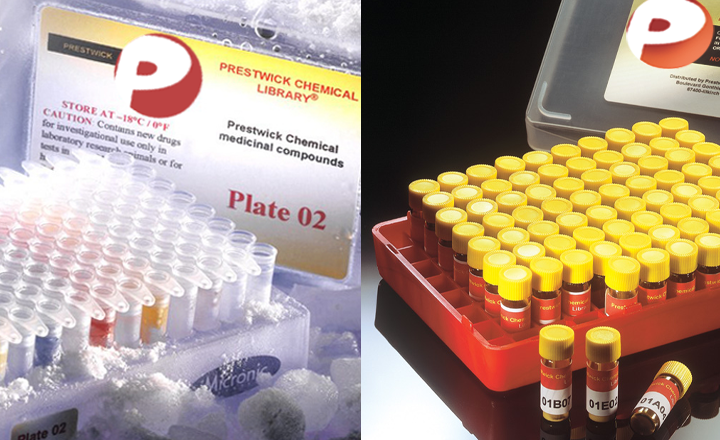Potential use of alexidine dihydrochloride as an apoptosis-promoting anticancer agent.
Yip KW, Ito E, Mao X, Au PYB, Hedley DW, Mocanu JD, Bastianutto C, Schimmer A, Liu F
Molecular cancer therapeutics - vol. 5 2234-40 (2006)
Molecular cancer therapeutics
Despite advances in surgery, radiation, and chemotherapy, novel therapeutics are needed for head and neck cancer treatment. The objective of this current study was to evaluate alexidine dihydrochloride as a novel compound lead for head and neck cancers. Using a tetrazolium-based assay, the dose required to reduce cell viability by 50% (ED50) was found to be approximately 1.8 micromol/L in FaDu (human hypopharyngeal squamous cancer) and approximately 2.6 micromol/L in C666-1 (human undifferentiated nasopharyngeal cancer) cells. In contrast, the ED50 values were much higher in untransformed cells, specifically at approximately 8.8 micromol/L in GM05757 (primary normal human fibroblast), approximately 8.9 micromol/L in HNEpC (primary normal human nasal epithelial), and approximately 19.6 micromol/L in NIH/3T3 (mouse embryonic fibroblast) cells. Alexidine dihydrochloride did not interfere with the activities of cisplatin, 5-fluorouracil, or radiation, and interacted in a less-than-additive manner. DNA content analyses and Hoechst 33342 staining revealed that this compound induced apoptosis. Alexidine dihydrochloride-induced mitochondrial damage was visualized using transmission electron microscopy. Mitochondrial membrane potential (DeltaPsiM) depolarization was detectable after only 3 hours of treatment, and was followed by cytosolic Ca2+ increase along with loss of membrane integrity/cell death. Caspase-2 and caspase-9 activities were detectable at 12 hours, caspase-8 at 24 hours, and caspase-3 at 48 hours. FaDu cell clonogenic survival was reduced to < 5% with 1 micromol/L alexidine dihydrochloride, and, correspondingly, this compound decreased the in vivo tumor-forming potential of FaDu cells. Thus, we have identified alexidine dihydrochloride as the first bisbiguanide compound with anticancer specificity.


